Bupyeong Dohobu
Government Office Museum
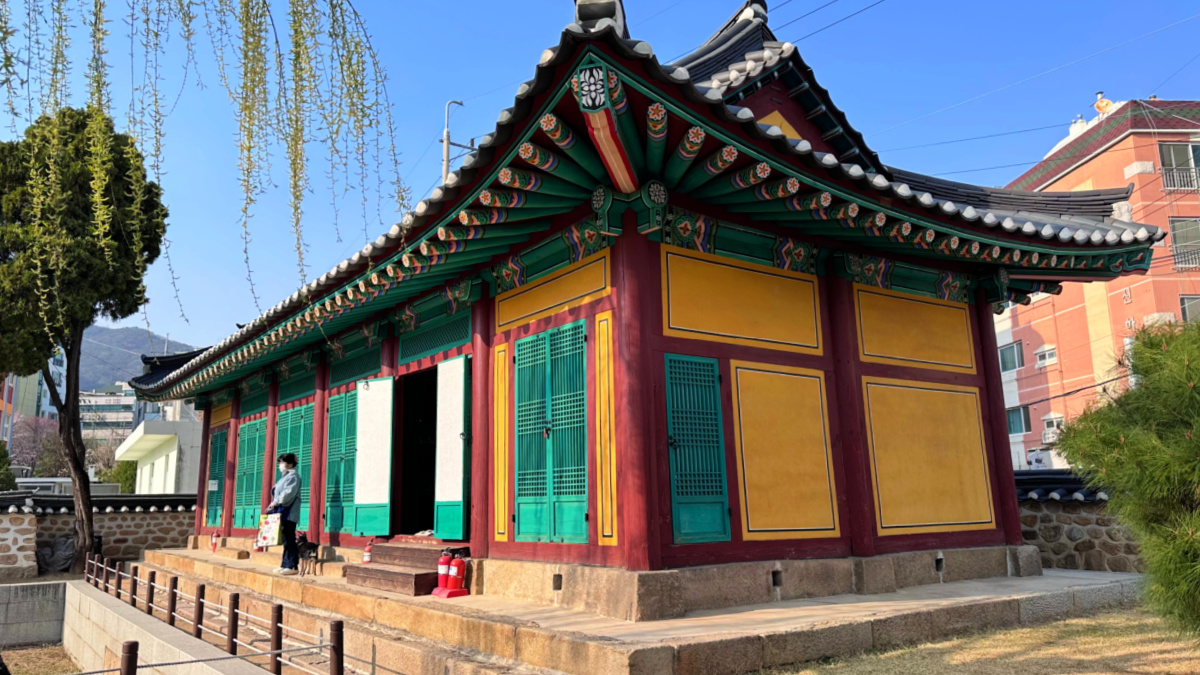 Bupyeong Dohobu Government Office Museum
Bupyeong Dohobu Government Office MuseumBupyeong Dohobu Government Office Museum
The Bupyeong Dohobu Government Office (museum), located in Incheon, South Korea, is a testament to the rich administrative and cultural history of the Goryeo and Joseon Dynasties.
This historical site, which functioned as a crucial middle-level administrative agency, played a pivotal role in the local governance of its time. Although the exact date of its establishment needs to be documented, historical references suggest its existence as far back as the early 15th century, during the reign of King Sejong.
Once consisting of around 16 to 17 buildings, the office complex has been carefully restored based on historical maps to reflect its original structure.
These buildings include the Dongheon or Gongsu, the office of the head of Dohobu, and a house for the King's tablet, signifying the office's administrative importance.
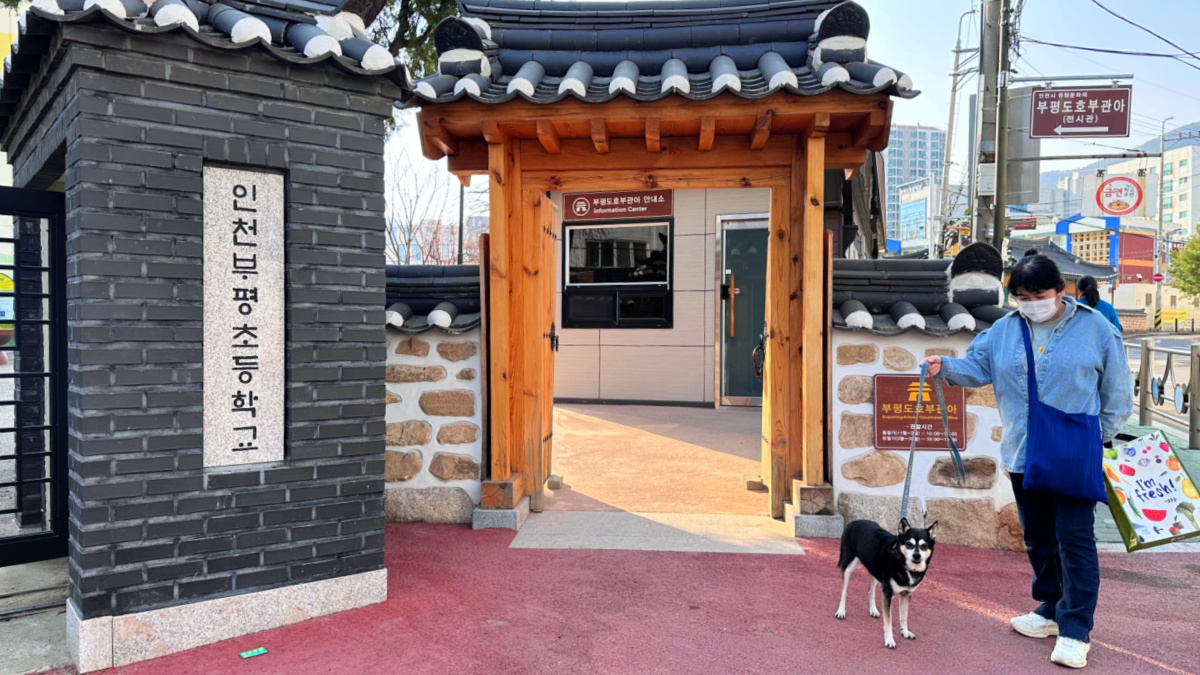 Bupyeong Dohobu Government Office (Museum) Entrance Gate
Bupyeong Dohobu Government Office (Museum) Entrance GateThe head of the Dohobu was entrusted with various responsibilities, encompassing everything from agriculture and population management to education promotion and military oversight.
These duties highlight the multifaceted nature of governance during the Goryeo and Joseon periods.
Today, the Bupyeong Dohobu Government Office Museum has become a cultural and educational landmark. It offers visitors a unique glimpse into Korea's historical governance and daily life, featuring interactive exhibits and activities.
The site is also a hub for cultural experiences, hosting traditional Korean games and events, making it an essential destination for those looking to immerse themselves in Korea's rich heritage.
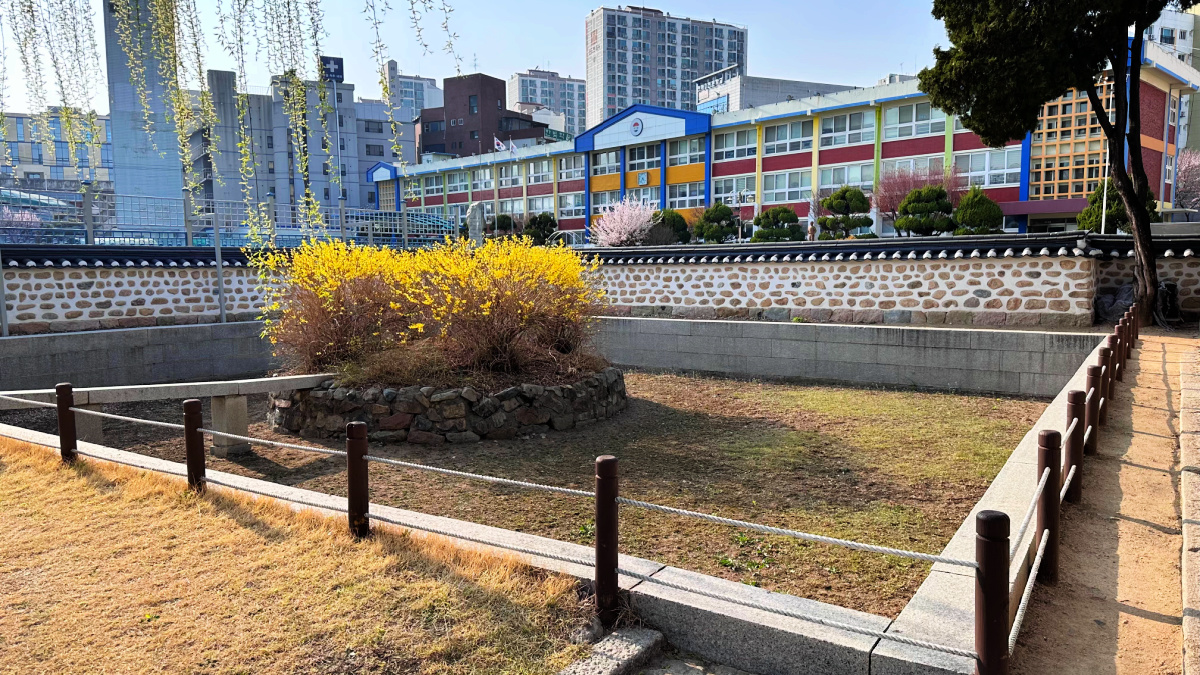 Bupyeong Dohobu Government Office (Museum) Pond
Bupyeong Dohobu Government Office (Museum) Pond![Bupyeong Dohobu Government Office (Museum) Entrance Gate [Information Boards] bupyeong-dohobu-notice-boards](https://www.koreattrack.com/images/xbupyeong-dohobu-notice-boards.jpg.pagespeed.ic.NAIY_3AsWp.jpg) Bupyeong Dohobu Government Office (Museum) Entrance Gate [Information Boards]. The boards describe the original structure and set up of the office.
Bupyeong Dohobu Government Office (Museum) Entrance Gate [Information Boards]. The boards describe the original structure and set up of the office.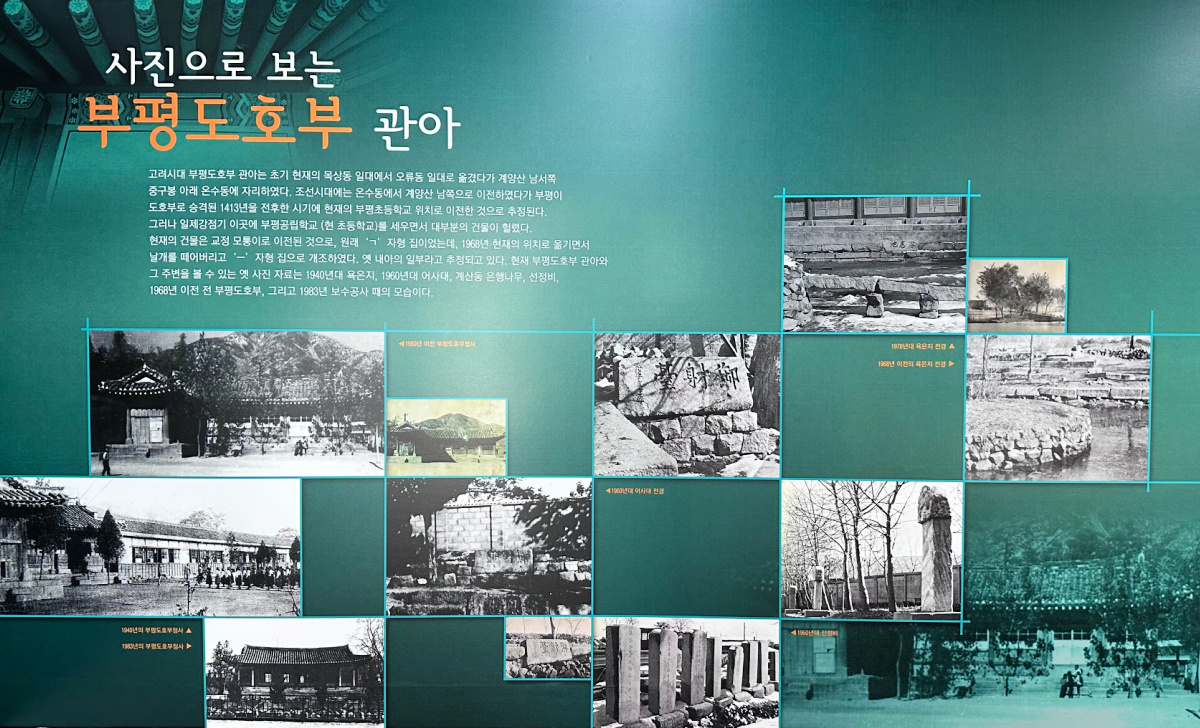 Bupyeong Dohobu Government Office (Museum) Old Photos of office set and structures.
Bupyeong Dohobu Government Office (Museum) Old Photos of office set and structures.Historical Background and Structure
The ancient Bupyeong Dohobu government office, now situated at the corner of the current Bupyeong Elementary School campus, holds a storied past.
While records show that the Bupyeong Dohobu Government House underwent renovations in the 3rd year of King Sukjong (1677), the precise date of its original construction remains a mystery.
Its historical significance dates back to the 4th year of King Uijong's reign (1150) during the Goryeo Dynasty when it was elevated to Annam Dohobu. Then to Gyeyang Dohobu in the 2nd year of King Gojong's reign (1215), and eventually, during the Joseon Dynasty in the 13th year of King Taejong's reign (1413), it was advanced to Bupyeong Dohobu.
This progression implies that the government office's construction likely began with its elevation to Bupyeong Dohobu, which was completed around five years later in the 18th year of King Taejong's reign (1418).
The nearby ginkgo tree corroborates this timeline; it is approximately 600 years old and believed to have been planted as a landscape feature at the time.
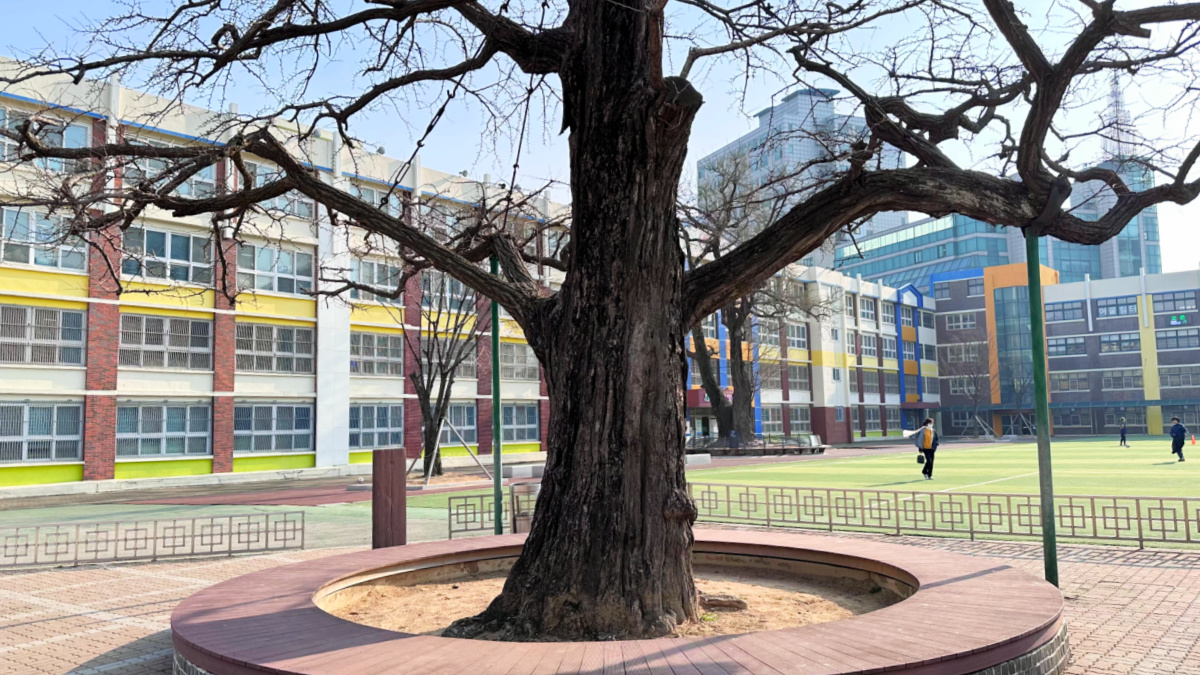 Bupyeong Dohobu Government Office (Museum) 600-year-old Gingko tree.
Bupyeong Dohobu Government Office (Museum) 600-year-old Gingko tree. Bupyeong Dohobu Government Office (Museum) memorial stones of officials.
Bupyeong Dohobu Government Office (Museum) memorial stones of officials.Originally, the Bupyeong Dohobu encompassed several buildings, including Dongheon, Gaeksa, East and West Sammun, Geunmindang, left and right transepts, Saryeongcheong, Hyangcheong, Podocheong, Hunmudang, and Buchang.
Its scale was notably more extensive than Incheon Dohobu's, likely due to Bupyeong's status as a royal office since the Goryeo Dynasty. The complex included many structures such as Dongheon, Gaeksa, Geunmindang, and Naeah until recent times.
However, with the construction of an elementary school on the site, most of these buildings were demolished, and only the existing building was relocated to a corner of the school playground.
Originally an “ㄱ” shaped structure on a 1-meter high stone wall, it was modified into a “一” shaped building during a 1968 relocation, converting it into a hip-roofed structure with six rooms at the front and two on the sides. This suggests that the building might initially have been Dongheon or Hyeongam's residence.
![Bupyeong Dohobu Government Office (Museum) [archery range information board] bupyeong-dohobu-archery-range-notice-board](https://www.koreattrack.com/images/xbupyeong-dohobu-archery-range-notice-board.jpg.pagespeed.ic.DaGX84DdO0.jpg) Bupyeong Dohobu Government Office (Museum). It is the area where King Jeongjo (1776-1800) is believed to have practiced his archery skills.
Bupyeong Dohobu Government Office (Museum). It is the area where King Jeongjo (1776-1800) is believed to have practiced his archery skills.Architecturally, it's a guldori house with six front rooms and two side rooms, featuring a gable roof but no gables. The most notable feature is the square pond called Yokeunji (浴恩池), constructed with three-bold pole stones, tympanum, square foundation stone, and tension stones.
During King Jeongjo's reign, he moved his father's tomb to Suwon Volcano and visited it annually. In 1789, he first visited Jangneung in Gimpo and Hyeonryungwon (Prince Sado's home).
During these visits, King Jeongjo reportedly stopped at Bupyeong, interacted with the governor, engaged in archery, and washed his hands at Yokgeunji.
The construction techniques, such as building platforms with long poles and crafting square ponds, are characteristic of the Joseon Dynasty's architectural style. The remaining stonework, foundation stones, and round pillars indicate a 17th-century construction.
The stone columns' height of over 1 meter and the L-shaped design are distinctive features of mid-Joseon Dynasty architecture, further cementing the building's historical significance.
1. Administrative Role: The Dohobu was a key middle-level administrative agency in the Goryeo and Joseon Dynasties. It was an intermediary between the higher-level agency, Mok, and the lower-level administrative units, Gun and Hyeon.
In this capacity, Dohobu played an essential role in supervising local governance, implementing policies, and ensuring the smooth functioning of administrative processes within its jurisdiction.
2. Uncertain Foundation Date: While the exact date of its establishment remains uncertain, historical references, including writings from early Joseon scholars, indicate the presence of the Incheon Dohobu as early as the 15th century.
This suggests the office has a long-standing history in local governance, with its origins predating the cited references.
3. Building Structure: Originally, the Dohobu comprised about 16 to 17 buildings, including a house for the King's tablet and the Dongheon or Gongsu, the office for the Dohobu's head.
The current office buildings at the site were meticulously restored in 2000 based on "Hwadojindo," an 1879 map detailing the government office buildings, roads, and channels in Incheon, including Hwadojin. This restoration aimed to recreate the historical and architectural essence of the Dohobu.
4. Head Officer's Duties: The head of the Dohobu was tasked with seven key administrative responsibilities, collectively known as "Suryeongchilsa." These duties encompassed a wide range of governance aspects, from managing agriculture and sericulture to overseeing population growth, promoting education, ensuring fair military service, addressing civil complaints, and combating corruption.
Additionally, the head officer was responsible for leading troops during emergencies, reflecting the role's significance in both administrative and military capacities.
5. Cultural and Educational Activities: Today, the site is a museum and educational and recreational space. It provides visitors with interactive experiences depicting the lives of authorities and ordinary citizens during the Dohobu's operational period.
The site offers a comprehensive understanding of historical governance and everyday life through its exhibits and activities.
6. Recreational and Cultural Experiences: The Bupyeong Dohobu Government Office site has been transformed into a vibrant cultural hub, offering a range of traditional Korean games, musical instruments, and cultural experiences.
Visitors can use dancheong (traditional multicolored paintwork), kite making, and rice-cake mallet pounding. The site hosts significant events during traditional Korean holidays, such as the Lunar New Year, Chuseok (Korean Thanksgiving Day), and Dano (the 5th day of May), providing immersive cultural experiences and educational opportunities.
![Bupyeong Dohobu Government Office (Museum) [office] bupyeong-dohobu-inside-exhibits](https://www.koreattrack.com/images/bupyeong-dohobu-inside-exhibits.jpg) Bupyeong Dohobu Government Office (Museum) [office with exhibits]
Bupyeong Dohobu Government Office (Museum) [office with exhibits]Significance of the Bupyeong Dohobu Government Office
The Bupyeong Dohobu Government Office Museum is significant for several reasons. Firstly, it played a crucial role in the governance of the Incheon region during the Goryeo and Joseon dynasties.
As a middle-level administrative agency, it was responsible for supervising local government, implementing policies, and ensuring the smooth functioning of administrative processes within its jurisdiction.
Its role was essential in maintaining order and ensuring that local communities were governed effectively.
Secondly, the Bupyeong Dohobu Government Office Museum is significant because of its historical and cultural importance.
As a historical site, it offers a unique glimpse into the region's rich administrative and cultural history, showcasing the multifaceted nature of governance during the Goryeo and Joseon periods.
The office complex has been carefully restored to reflect its original structure, providing visitors with an authentic life experience during the office's operational period.
Finally, the Bupyeong Dohobu Government Office is significant because of its transformation into a cultural and educational landmark. Today, it offers visitors a range of interactive exhibits and activities, providing a comprehensive understanding of historical governance and everyday life.
The site has also become a hub for cultural experiences, hosting traditional Korean games and events. It is an essential destination for those looking to immerse themselves in Korea's rich heritage.
Getting to Bupyeong Dohobu Government Office Museum
To get to the Bupyeong Dohobu Government Office Museum and access historical sites in South Korea, especially in urban areas like Incheon, one can typically use a combination of subway and bus services, as these are well-connected and efficient.
Consider using a reliable transportation app or website specific to South Korea for detailed and up-to-date public transportation routes, such as KakaoMetro or Naver Maps.
These services can provide real-time directions, including subway lines and bus numbers, to reach your destination conveniently.
Additionally, local tourist information centers in Incheon can also offer guidance on the best public transport options to get to the Bupyeong Dohobu Government Office.
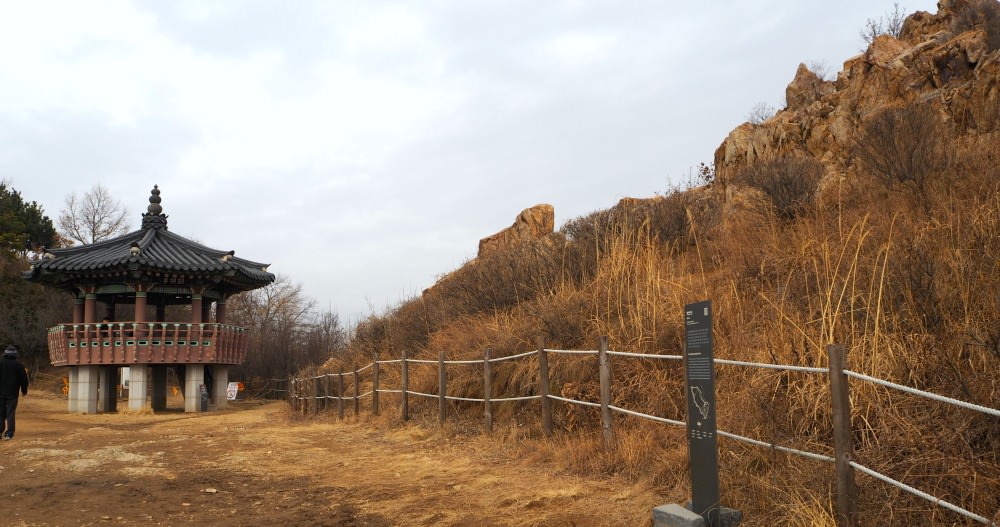 Gyeyang Mountain (Gyeyangsan) is one of the many mountains in Korea built with mountain fortresses. The reconstruction of Gyeyang Mountain fortress is under construction (to be updated).
Gyeyang Mountain (Gyeyangsan) is one of the many mountains in Korea built with mountain fortresses. The reconstruction of Gyeyang Mountain fortress is under construction (to be updated).Nearby Attractions
Here are five attractions near the Bupyeong Dohobu Government Office in Incheon, each with a brief description...
1. Bupyeong Market: Located just 0.9 miles from Bupyeong Station, Bupyeong Market is a vibrant local market in Incheon. It's a great place to experience the local culture and shop for various goods ranging from fresh produce to clothing.
2. Bupyeong Station Underground Shopping Mall: This shopping center, 1.1 miles from Bupyeong Station, offers a unique underground shopping experience. It's known for its wide array of shops selling everything from fashion items to electronic gadgets.
3. Sangdong Lake Park: Situated 1.4 miles from Bupyeong Station, Sangdong Lake Park is perfect for relaxation and outdoor activities. The park features a beautiful lake and is a popular destination for locals and tourists.
4. Korea Manhwa Museum: Just 1.2 miles from Bupyeong Station, the Korea Manhwa Museum celebrates Korean comics and animation. It's an interactive museum that offers a deep dive into the history and development of Korean manhwa.
5. Bupyeong History Museum: Approximately 1 mile from Bupyeong Station, the Bupyeong History Museum is dedicated to the historical and cultural heritage of the Bupyeong area. It provides visitors with insights into the local history and traditions of Incheon.
Thanks for reading.
Sources: Personal visit; www.heritage.go.kr
- Home
- Historical Attractions
- Bupyeong Dohobu Government Office Museum
Get Exciting Activities
Book one of our exciting activities today to experience the thrill of a lifetime! Take advantage of this opportunity and secure your spot in advance.
Hotel Map Guide
Find your affordable, accessible, and comfortable hotel in Seoul at Agoda.Com. See the hotel map below...
Hotel Booking Guide
Find affordable and amazing hotels on Agoda.com using the search box below. Book now to enjoy great discounts and save!
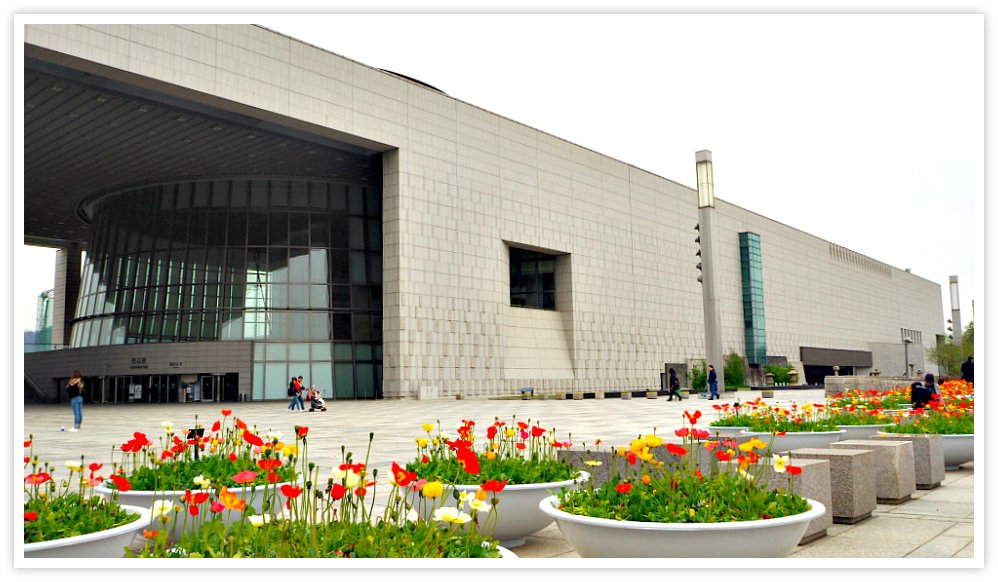
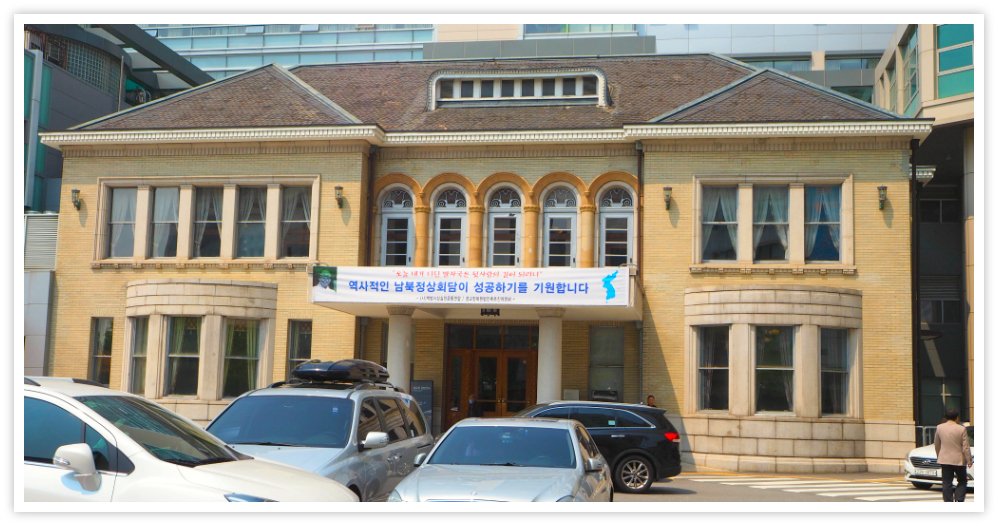
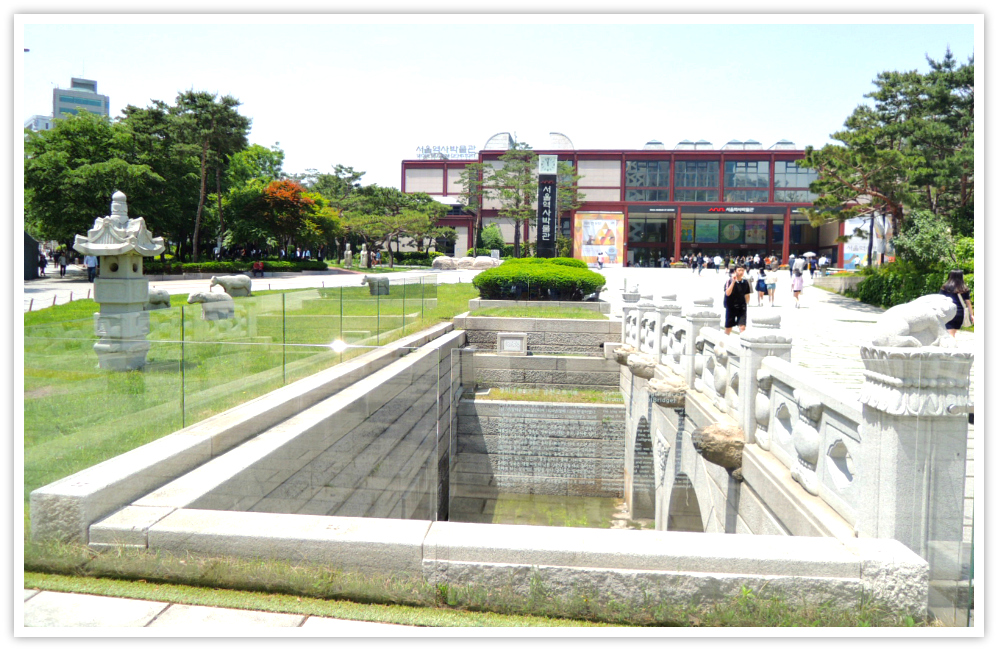




New! Comments
What do you think about this page? Leave me a comment in the box below.